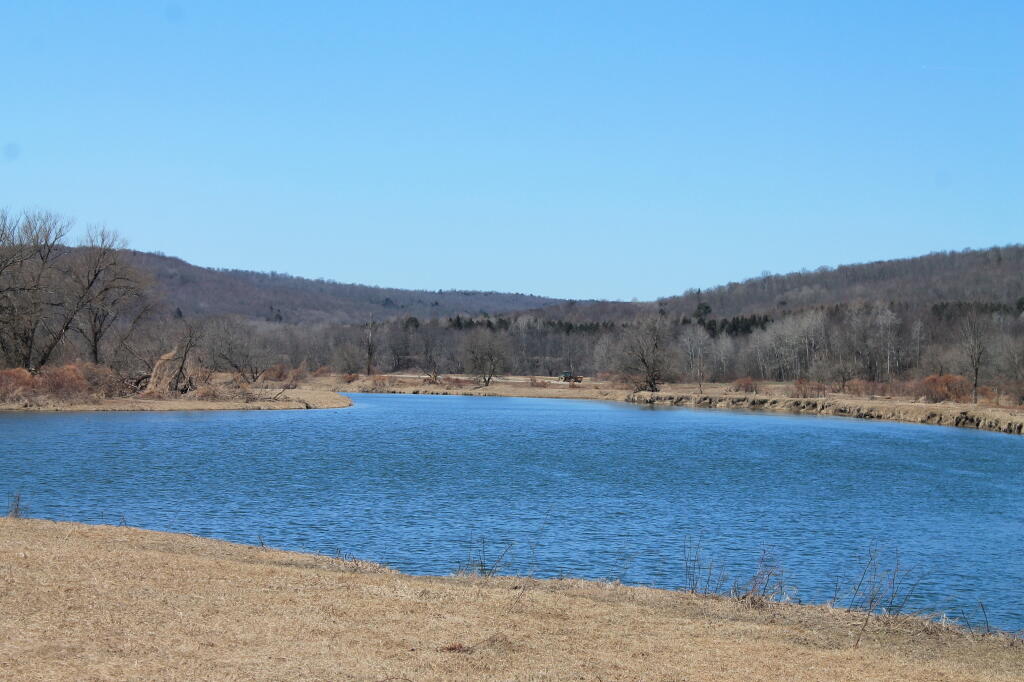April 1, 1970 – AMC introduces the Gremlin – This Day in Automotive History
April 1, 1970 – AMC introduces the Gremlin – This Day in Automotive History
After Ford and General Motors announced they were both on the verge of launching new subcompact cars for 1971, the suits at AMC had to speed up development of their competitor. Though faced with time limitations and financial windfalls, they came up with an answer. AMC engineers took the existing AMC Hornet and shortened its wheelbase from 108 to 96 inches (2,743 to 2,438 mm) and cut its overall length from 179 to 161 inches (4,547 to 4,089 mm), then added an almost vertical hatchback. Their efforts gave birth to the AMC Gremlin, introduced to the general public on this day in 1970.
Fifty years ago today, the AMC Gremlin was announced to the world. Both Presidents Bill Clinton and George W. Bush drove Gremlins.

